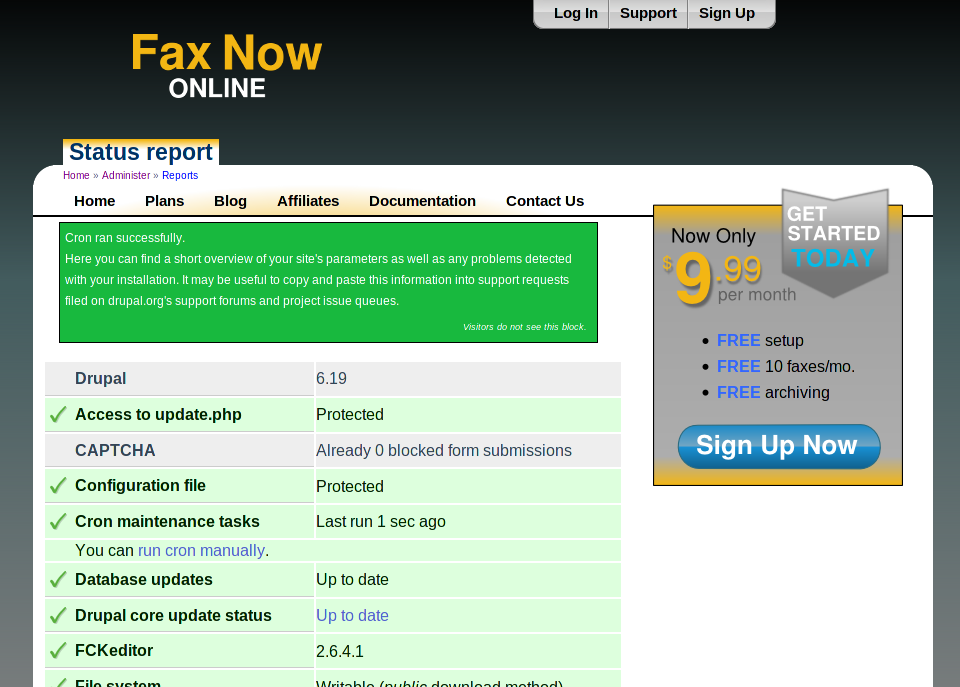

- THERE ARE CURRENTLY NO XML SITEMAP CONTEXTS AVAILABLE HOW TO
- THERE ARE CURRENTLY NO XML SITEMAP CONTEXTS AVAILABLE CODE

The first step in this process is to access the homepage object. Descendants() extension method on the homepage object. If you do not agree, do what makes you happy ❤️Ĭreating a sitemap is easy enough, you need to access the homepage object and then get all the pages underneath it.


This is probably one of the only situations where I would add logic into a view.
THERE ARE CURRENTLY NO XML SITEMAP CONTEXTS AVAILABLE CODE
You could add the code to switch the request type in the controller, however, as you will see I like generating the XML structure in my view for simplicity. I do this logic within the view, so I pass the context down as a property within the view model. To return an XML file you need to change the contenttype to text/xml. The reason why I need access to the context is to change the response type. Instead, you can access the current context using IHttpContextAccessor. Accessing the context via HttpContxt.Current is no longer a thing. The way we can access the HttpContext has changed within. If you are new to Umbraco v9 and ASP.NET 5, the most interesting thing of note is the use of IHttpContextAccessor. Getting The Umbraco Content: This is the service that I built to query the CMS to return the data required to populate the sitemap: You then register this rule from within the Start class. The nicest way to add a routing rule is via an extension, like this: If you do not do this, if you try to access the controller you will encounter a 404 error. This is a standard Umbraco requirement for every vanilla controller. The second benefit is that it will allow you to test your codebase more easily 😊Īs we are using a vanilla MVC controller, you will need to create a rule within the routing table. The benefit of this architecture is the ability to access that logic from more than one place. I like to structure my controllers so the actions are simple and all the custom logic I need to make is added within a service that I use dependency injection to access. Using a vanilla MVC controller will ensure that a content editor does not accidentally delete the sitemap from within the CMS (this has happened to me before 😞))Īssuming that you are on-board with this architecture choice, the first step is to create the controller: Instead, I prefer generating my sitemap using a vanilla MVC controller. My general approach to content modelling is that if you always need to render a page and that page does not need to be content editable, it does not need to live within the CMS itself. When it comes to building a sitemap, a lot of the Umbraco tutorials recommend starting off by building a sitemap document-type within the Umbraco backend, I do not recommend this. In order to create a sitemap.xml within Umbraco, the first thing you will need to build is a controller.
THERE ARE CURRENTLY NO XML SITEMAP CONTEXTS AVAILABLE HOW TO
If you want to learn how to create a badass sitemap, this is the tutorial for you 🔥🔥🔥 How To Build A Sitemap.xml Within Umbraco v9 Today's mission is to generate an XML file that is formatted in accordance with this schema and populated with all the contents added within the Umbraco backend. You can learn more about the Sitemap.xml schema and what it should contain here. To create a valid sitemap.xml file it will need to adhere to the sitemap schema. Ensuring all your pages are referenced from a Sitemap.xml file will ensure search engines can successfully index all of your site's content. In this tutorial, you will learn how to generate a Sitemap.xml file within Umbraco v9 powered website.


 0 kommentar(er)
0 kommentar(er)
